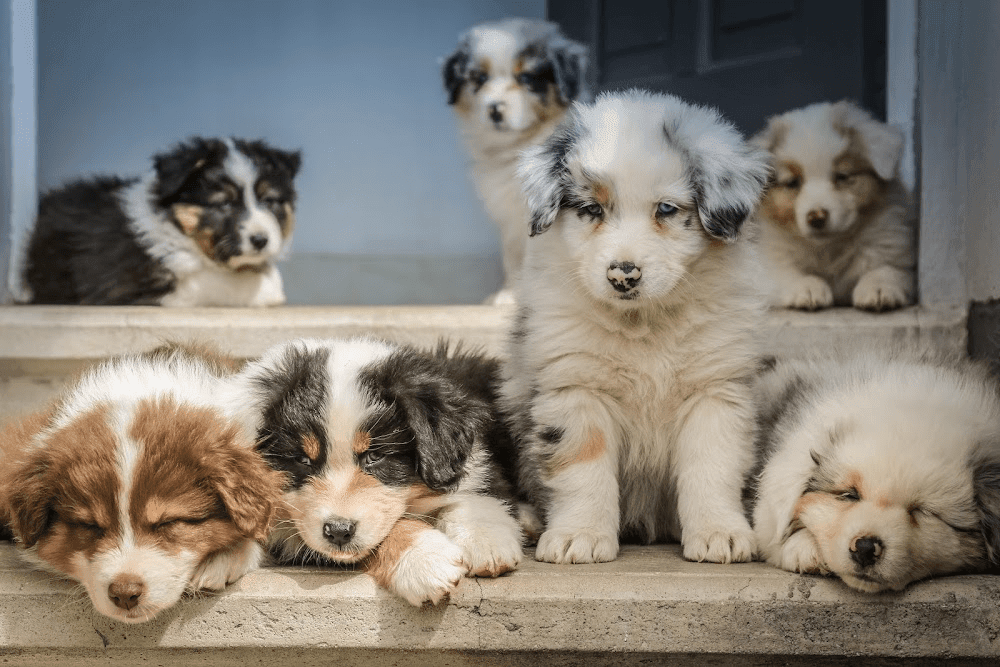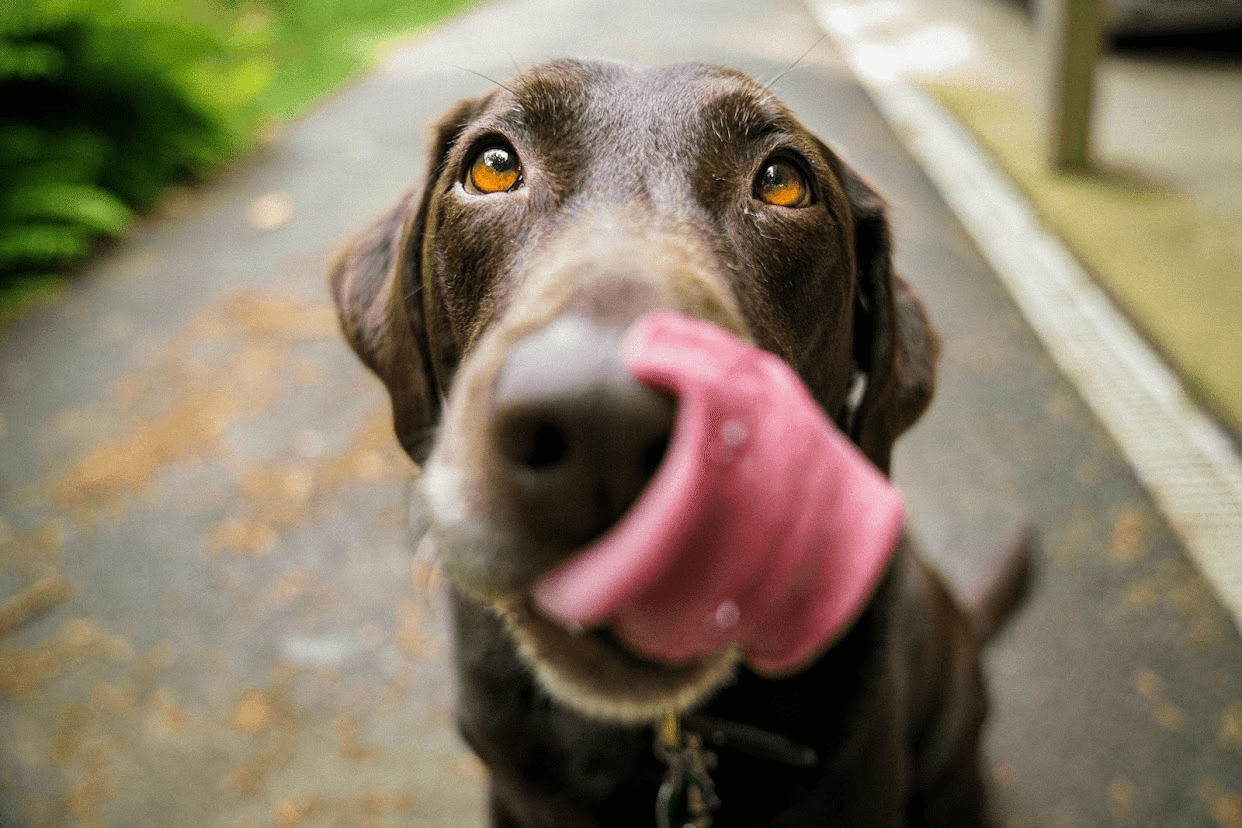PAWSITIVE CONNECTION
FEEDING RAW BONES
FEEDING RAW BONES TO DOGS AND CATS
Bones are nature’s teeth cleaner for dogs and cats. They are high in natural and digestible calcium and other minerals, they provide roughage in the diet, and are a source of essential amino acids, enzymes, essential fatty acids and fat soluble vitamins. They are excellent for satisfying the chewing urge and giving dental exercise including gum massage and aiding in plaque removal.
Important Feeding Guidelines
Bones must always be fed raw. Cooked bones can splinter and cause digestive complications. Cooked bones include smoked and dried bones.
Supervise your dog when feeding bones, especially when starting out.
Try to pick size appropriate bones for your dog’s mouth and teeth. The bone should typically be bigger than your dog’s mouth.
Think of your dog’s age and state of the teeth, and also how they consume bones. Softer bones such as chicken may be more suitable for younger puppies and older dogs. Dogs who gulp bones should be provided with larger sized bones that they need to chew up before swallowing.
Different bones require different muscles and teeth to consume them, a good reason to vary the types of bones fed.
Avoid too much bone in the diet. This can lead to constipation and an imbalance in minerals in the diet.
Bones alone are not a balanced diet for a dog or cat. If you would like more information about a complete natural diet for your pets, contact us.
Teaching a Puppy or Novice Dog to Eat Bones Safely
Some dogs have a tendency to gulp bones without chewing them. With young puppies or novice dogs, you can teach them to chew properly. Choose easy to consume, soft bones first such as a chicken wing (depending on the size of the puppy or dog).
Hold the bone and offer it to your dog and encourage them to chew and swap the bone to each side of their mouth. Wait until the bone is mostly chewed, then allow them to finish it off. Only do this if it is safe to do so. If your dog is a resource guarder of bones, please seek professional help from a qualified trainer before attempting this exercise!
You can also smash up bones with a mallet so they are easier to digest and the dog doesn’t swallow large pieces of whole bone.
Types of Bones we Recommend *
Chicken – frames, wings, necks, feet
Duck – frames, wings, necks, feet
Turkey – necks, frames, feet
Quail – whole or pieces
Rabbit – whole or pieces
Lamb – ribs, necks, spine
Kangaroo – tails, ribs
Emu – necks and ribs
Goat – ribs, necks, spine
Pig – ribs, brisket, necks
Cow – ribs, brisket, ox tail
Fish (Australian) – sardines (whole), salmon – heads and frames
* Please note these are examples only and not all bones are suitable for every dog or cat. Please read the feeding guidelines.
Weight Bearing Bones - A Word of Caution
These are the leg bones of the animals and include: lamb shank, turkey leg, chicken leg, marrow bone (beef). Typically these bones are very hard so are not suitable for all dogs. They do have a tendency to splinter and can crack teeth.
We don’t recommend feeding weight bearing bones just for safety. With some dogs you can allow them to eat the meat off the bone only which is great for flossing teeth!
Safety, Supervision and Shiny Teeth
Bones are a great way to provide your dog with species appropriate nutrition. Follow the feeding guidelines and choose the most appropriate bones for your dog’s age, chewing ability and size and your dog will love you for it!



